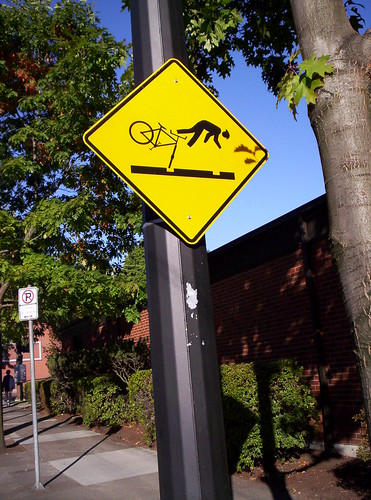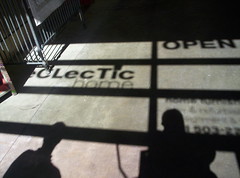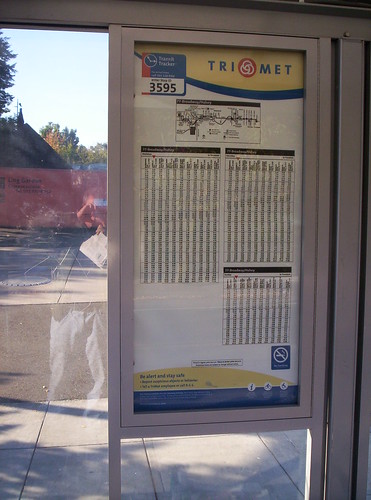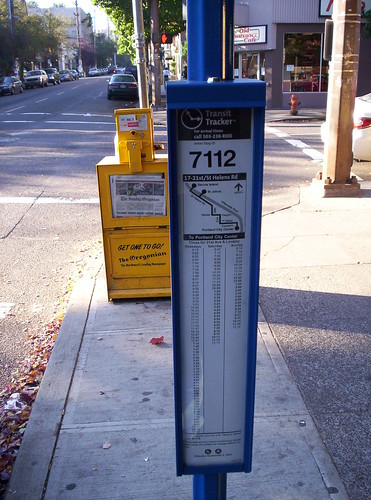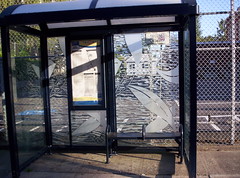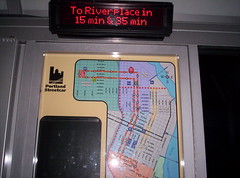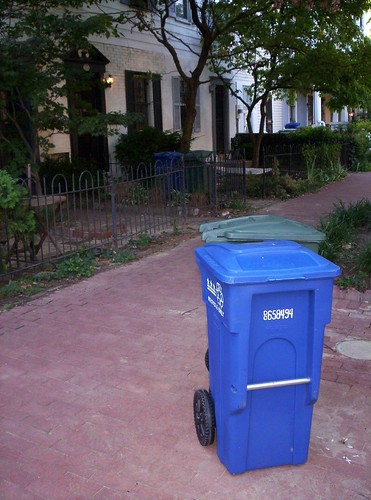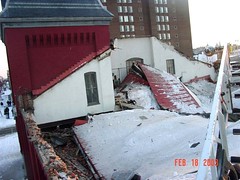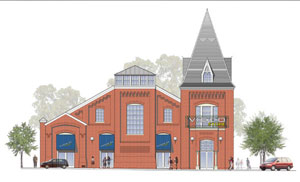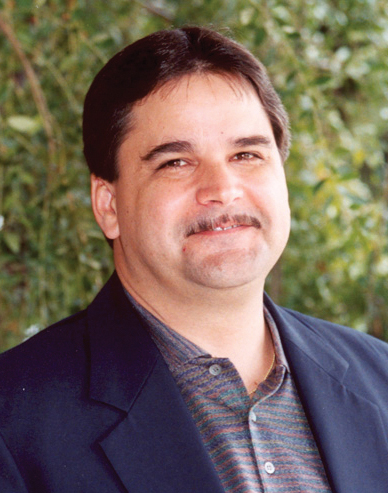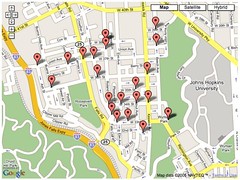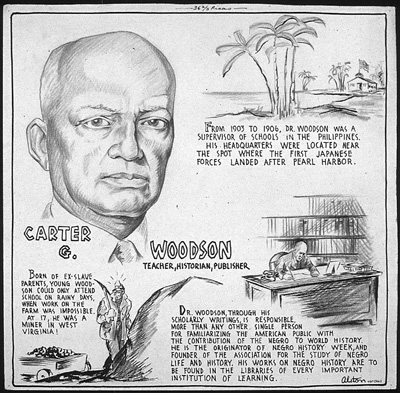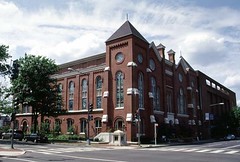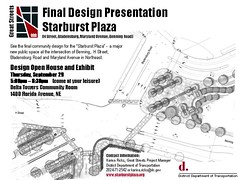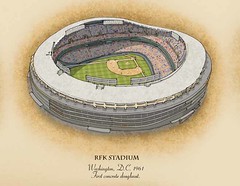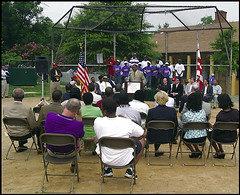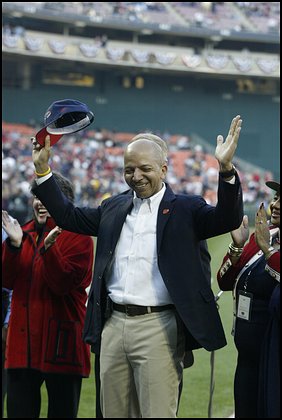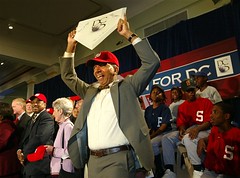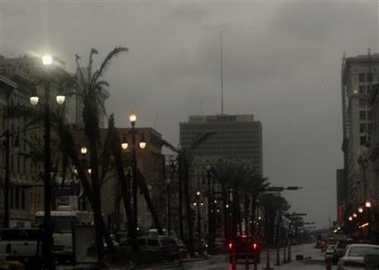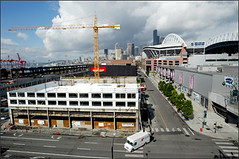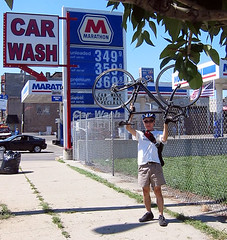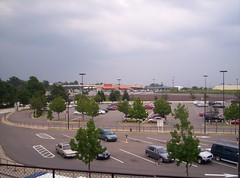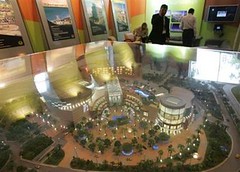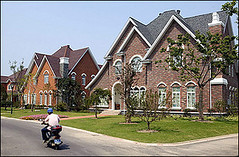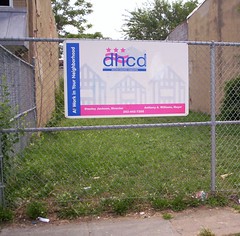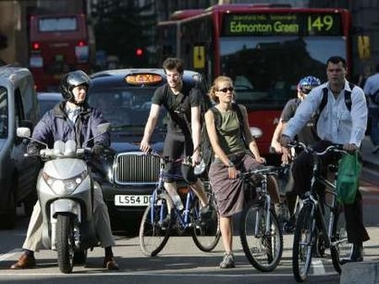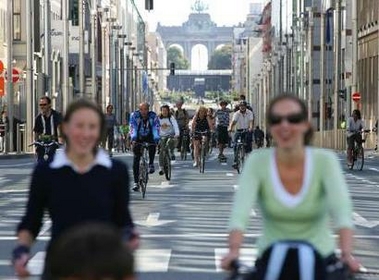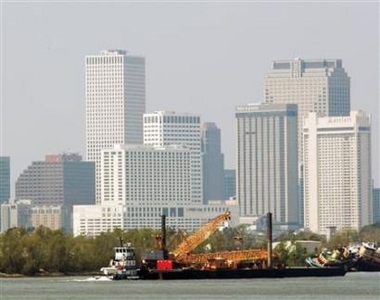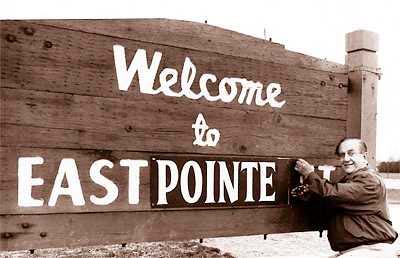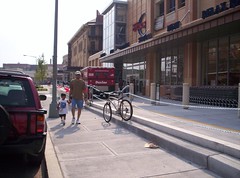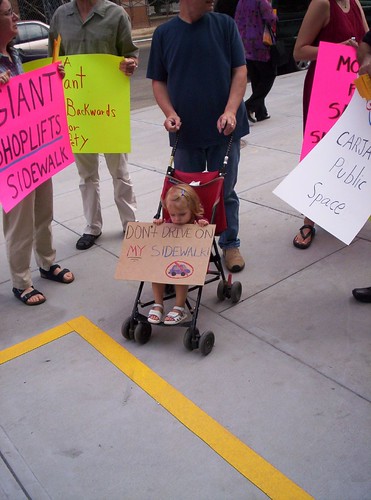MAYOR ANNOUNCES TEN LEGISLATIVE PRIORITIES
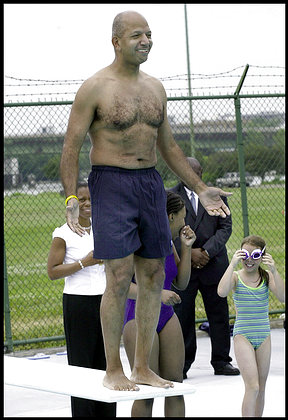
FOR IMMEDIATE RELEASE: WEDNESDAY, SEPTEMBER 28, 2005
CONTACT: VINCE MORRIS or Sharon Gang, 202-727-5011
(Washington, DC) At his weekly press briefing today, Mayor Anthony A. Williams announced his top ten priorities for the upcoming legislation session. “With the Council back from its recess, I am looking forward to a busy legislative session,” said Mayor Williams. “There are hundreds of issues we are working on but my ten priorities for the upcoming session are listed below:
1. National Capital Medical Center
Next month, I am introducing legislation to approve an exclusive rights agreement between Howard University and the District government to move forward in financing and building a full-service, state-of-the-art hospital on Reservation 13.
2. Omnibus Public Safety Act
Earlier this year, I introduced legislation that would, among other things, strengthen criminal penalties for crimes committed against children and the elderly. The bill would also target gun crimes, prostitution, domestic violence, and gang activity. The Council’s Judiciary Committee has held a hearing and I am eager for a mark up and passage before the year ends.
3. Ballpark Construction
This fall, the District Sports and Entertainment Commission will forward to the Council a contract to build the ballpark in Southeast DC along South Capitol Street. I will be working to seek approval from the Council in a timely manner.
4. New Communities Financing
Council has provided budget authority to dedicate $6 million per year in direct funding in order to leverage $60 million in total investment. We will seek Council’s approval to leverage this investment and begin the process of rebuilding key communities in partnership with residents who live there.
5. Central Library
I believe that a new central library at the former Convention Center site will be an important anchor for one of the city’s most important developments, creating a public facility and attraction for residents and visitors right in the heart of downtown. I hope to develop a full proposal by the end of this year to be submitted for Council approval as part of the former Convention Center site plan.
6. Way to Work Act
Over the summer, we worked with the business and labor community, non-profits, and government agencies to refine the Administration’s Way to Work initiative that establishes a living wage, strengthens First Source hiring requirements, and establishes a Job Opportunity Bank to provide job training to residents. We are asking Council to approve this legislation in the fall.
7. Department of Environment
I am working with Councilmember Schwartz to reach consensus on the creation of a new Department of Environment whose mission would be primarily to maintain air and water quality, manage hazardous and toxic waste, and combat litter and blight in our communities. I hope to have legislation approved by November.
8. Surplus School Dispositions
The Council has before it five surplus schools -- Bruce, Crummell, Keene, Old Congress Heights, and Langston/Slater schools -- proposed for disposition by sale or long-term lease. I would like to work with Council to approve these dispositions by year-end in order to put these facilities into productive use.
9. Mental Health Hospital Financing
We will be coming before the Council to seek approval of a financing plan for the construction of a new mental health hospital facility on the grounds of St. Elizabeths.
10. Headquarters Hotel Financing
Later this fall, I will be submitting legislation to approve District financial assistance for development of a Headquarters Hotel on 9th Street, adjacent to the new convention center. We have not determined a final package yet but will work with the Washington Convention Center Authority to put a proposal before the Council later this year."

